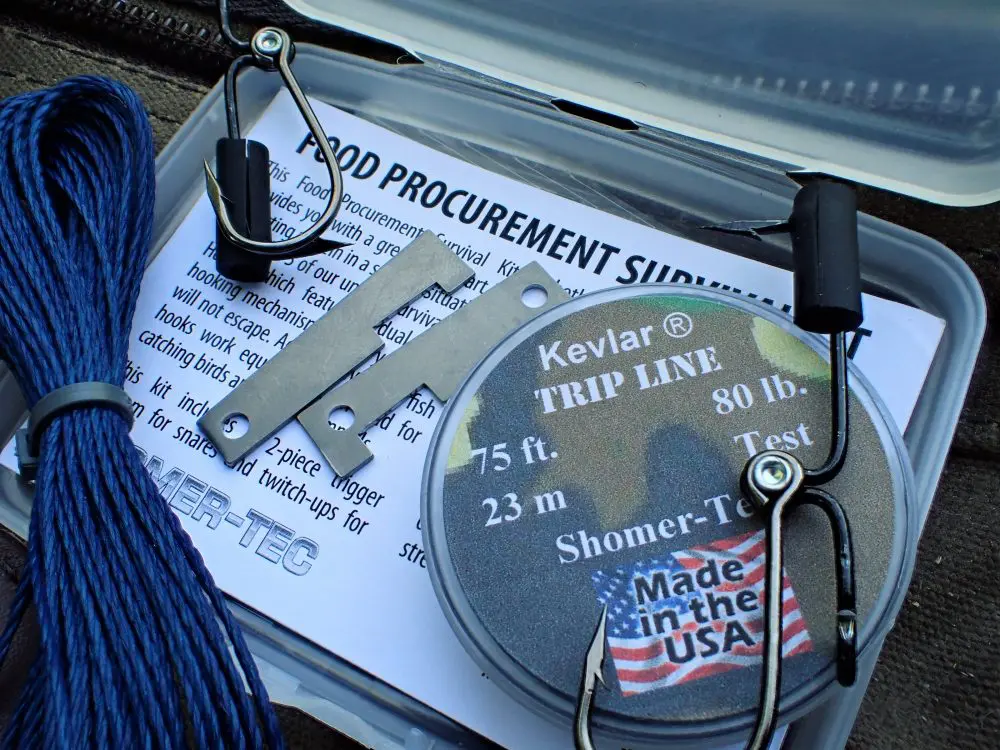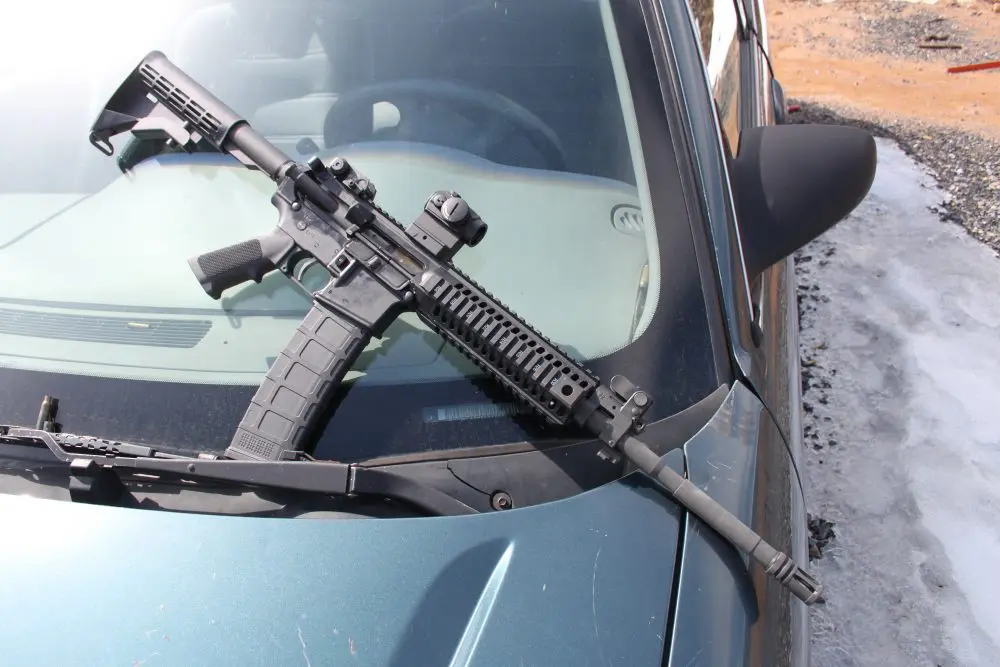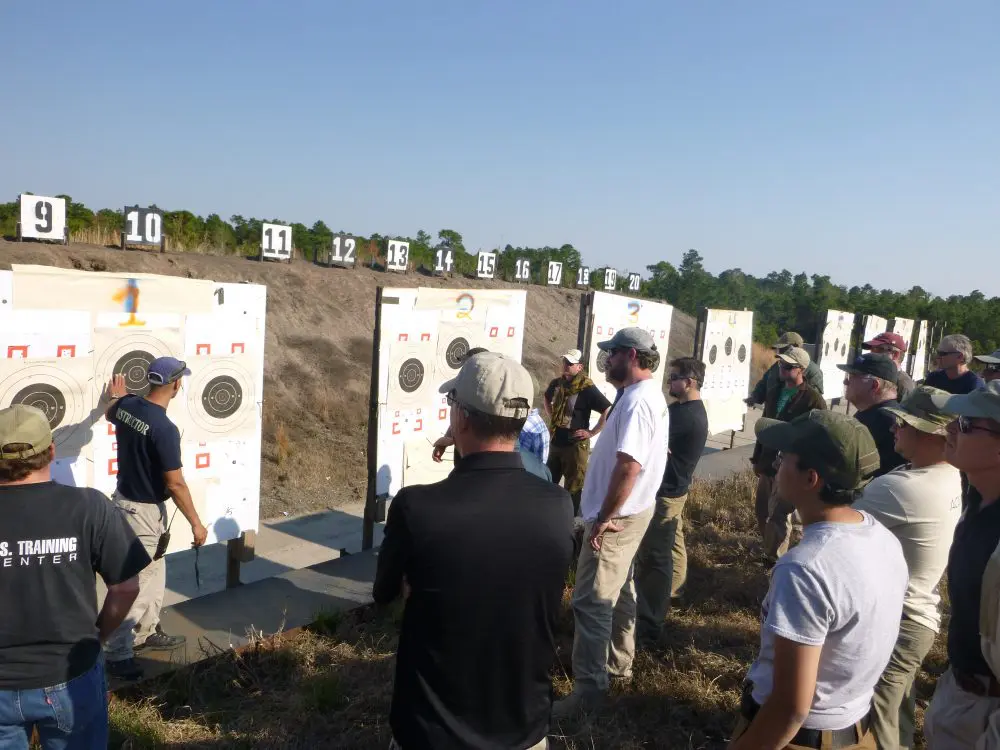When the bruising fight over President Trump’s nomination of Judge Brett Kavanaugh as the newest Associate Justice of the Supreme Court finally ended with Kavanaugh’s confirmation, there was much celebration in gun rights advocacy circles. Indeed, the wailing and gnashing of teeth from the forcible citizen disarmament lobby was by itself something to please any gun rights advocate. But for several reasons, it is far too early for gun owners to get caught up in our revels.
First, Kavanaugh’s appointment to the court won’t likely represent a seismic shift in Second Amendment jurisprudence. The retirement of Justice Anthony Kennedy hardly spells the end of a “reign of terror” for American gun owners.
Granted, Kennedy was never a stalwart fighter for the Constitutionally guaranteed, fundamental human right of the individual to keep and bear arms. He probably stopped several gun rights cases from even reaching the Supreme Court, by refusing to grant certiorari when the Court made the decision of whether or not to hear them. But he sided with gun owners, and the Constitution, in the Heller and McDonald decisions—the Court’s only Second Amendment decisions in decades.
At worst, Kennedy was a tepid enemy of private firearm ownership, and most—even in gun rights advocacy circles—would consider even that a stretch. Replacing him, even with an ardent supporter of an armed citizenry, can simply not have the impact that would be achieved by replacing one of the Court’s proud, outspoken true believers in the cult of forcible citizen disarmament.
Second, should we assume that Kavanaugh is indeed an ardent defender of the right to keep and bear arms? Granted, when Kavanaugh, as a judge on the Washington D.C. Court of Appeals, dissented with that court’s decision to uphold the district’s ban of so-called “assault weapons” in 2011, he drew both the gratitude of gun rights advocates and the lasting ire of gun ban zealots.
In short, he based his dissent on the argument that since semiautomatic firearms are in “common use” by Americans in most of the country, the ban flew in the face of the Supreme Court’s 2007 Heller ruling, which struck down Washington D.C.’s handgun ban, based in part on the late Justice Antonin Scalia’s contention in his writing of the opinion that handguns are in common use for self-defense.
And yes, as far as it goes, that’s an argument only diehard advocates of forcible citizen disarmament, with their superhuman immunity to facts and logic, can find fault with.
But is “common use” a test we should accept as the bar for where we submit to infringements on that which shall not be infringed? No, I argue. To do so is to pre-emptively surrender not only to every restriction that has historically made “common use” impossible, but also to bans of arms that have not yet been developed and have thus never had a chance to become commonly used in the first place.
During Kavanaugh’s confirmation hearings, he essentially signaled his willingness to such a surrender when he allowed he would agree that bans of full-automatic firearms were acceptable—the Founders’ understanding of the issue of privately owned arms of military utility, as voiced by Tench Coxe, notwithstanding: “Congress has no power to disarm the militia. Their swords and every terrible implement of the soldier are the birthright of Americans.” A truly “pro-gun” jurist would not accept “common use” as the test for which arms we are “allowed” to possess, unless perhaps that refers to the arms currently in “common use” by our government’s soldiers.
As a related side point, as of this writing, the Trump Administration is expected at any time to issue its new policy on “bump-fire” stocks, determining that since they make it possible for semiautomatic firearms to mimic the firepower of full-automatic ones, they are “illegal,” without regard to the logical gyrations necessary to reach that conclusion.
Even apart from the Second Amendment, the executive branch will be effectively writing a new law, but without bothering to apply the thin Constitutional veneer of going through the process of implementing such a ban legislatively. Kavanaugh’s history of deference to broad, sweeping use (or perhaps misuse) of executive power does not lend much confidence to any theory that he might stand in the way of such an abuse.
Third, even if we were to accept the theory that Kavanaugh is a diehard defender of the right to keep and bear arms, and even if, somehow, his addition to the Court were enough to decisively tilt that body to embracing the Founders’ intent of a citizenry armed sufficiently well to defend from common criminals, foreign invaders, and aspiring tyrants who usurp our own government, that fight is far from over.
Some on the left of the American political spectrum are already talking about “packing” the Court with an additional four or six justices as soon as the political winds blow their way enough to allow them to do so in a way that benefits their agenda. The number of Supreme Court justices is not mandated by the Constitution, but only by federal statute, and is thus far more malleable than many realize.
There is even talk of simply ignoring the judicial branch if a (very possibly not-too-distant) future “progressive” House, Senate, and President decide its rulings are “illegitimate.” The Court has no power to enforce its rulings, and such defiance of its decisions is not unprecedented.
The final takeaway from all this is that advocates of gun rights and the Constitution cannot rely on the courts to protect us from what appears will become steadily more and more hostile political and social environments.
Our society has become enamored with the convenience of “set it and forget it” technologies, where one programs a device to behave as one wishes, and then is freed from worrying about it again. While that may be great for certain household gadgets, it’s a fatally flawed approach for citizens to take to their government.
We cannot trust the government to regulate and moderate itself. The price of liberty is eternal vigilance, and only we the people can be counted on to curb its excesses and to thwart its ravenous, relentless appetite for power. And unlike the Supreme Court, we do have the power to enforce our will—at least as long as we refuse to let the Second Amendment be defanged.
A former paratrooper, Kurt Hofmann was paralyzed in a car accident in 2002. The helplessness inherent to confinement to a wheelchair prompted him to explore armed self-defense, only to discover that Illinois denied that right. This inspired him to become active in gun rights advocacy.





